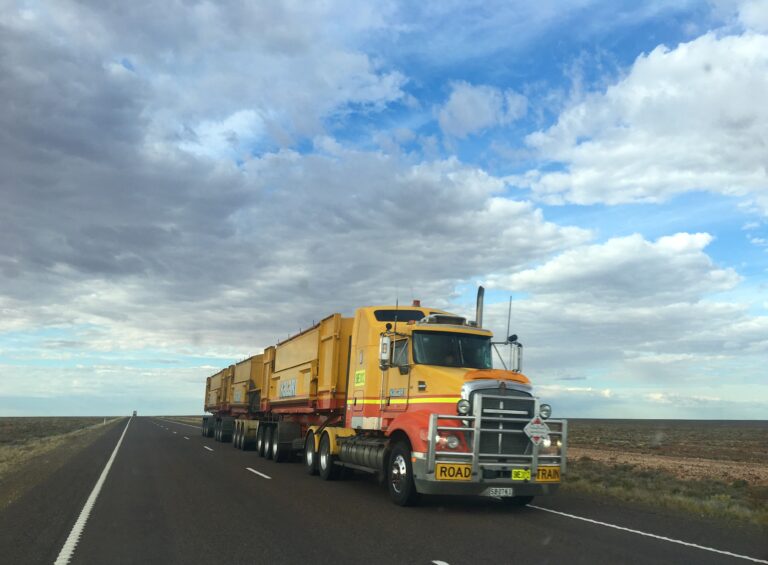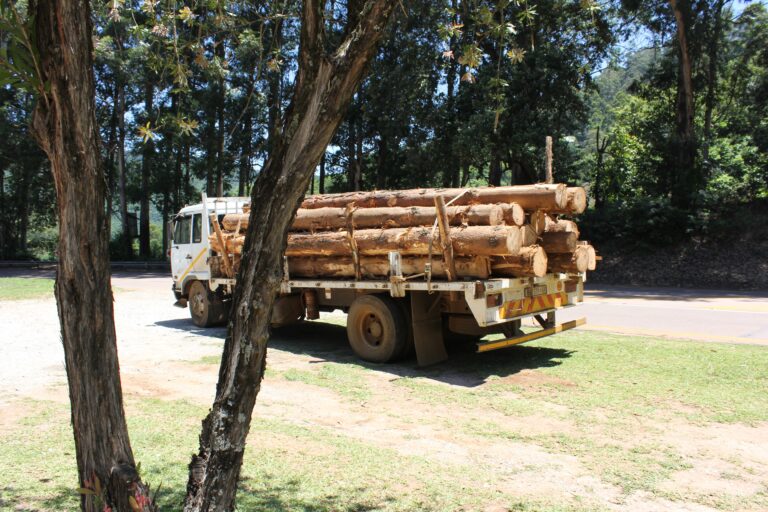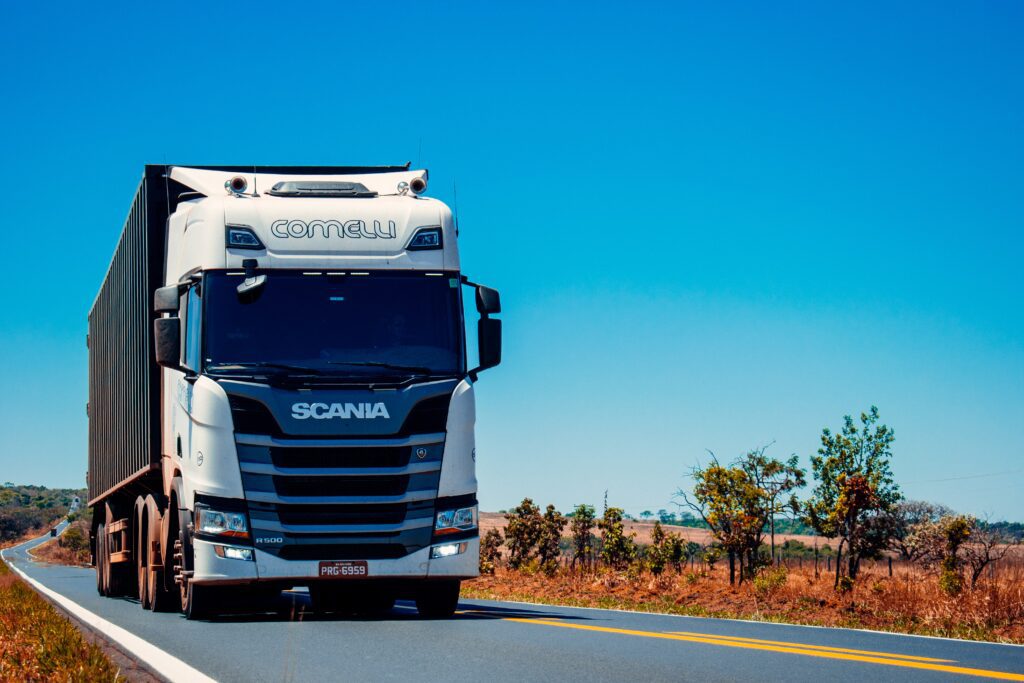There are numerous variables and forms of transportation in the world of shipping. Many elements go into deciding which shipping services to use, but if you are sending large cargo weighing more than 100 pounds, you can utilise two essential services to save money on shipping rates.
Full Truckload (FTL) and Less Than Truckload (LTL) shipping are the two choices available. Freight dimensions (length, breadth, and height), freight classification, special services required, and time sensitivity are all aspects to consider when deciding which freight shipping option to utilize. However, the most significant distinction between the two services is the name, which indicates how much space your freight may require. Let us look at the contrasts and the advantages of both solutions.
Less Than Truckload (LTL) Shipping

When a shipment does not fill a complete truckload and weighs between 100 and 10,000 pounds, it is shipped as a less than truckload (LTL). For example, if your razor cargo only takes up one-third of the truck’s area, you will have to pay one-third of the fee. LTL is an attractive option for small firms that do not ship in large numbers and are searching for a cost-effective shipping solution.
One option to achieve this cost-effective technique for the shipper is to share transportation costs with other businesses and rely on a third-party logistics company.
Due to the freight being brought back to carrier terminals and consolidated with other shipments travelling to the same destination area, one of the disadvantages of this shipping mode is that LTL shipments often take a little longer to reach their destinations. As a result, transportation time is always an estimate rather than a promise.
If affordability and flexibility are your top goals, then LTL shipping is the way to go.
Benefits of LTL
- Because of the use of third-party logistics providers and smaller shipments, it is less expensive.
- Allows small and medium-sized businesses to be more flexible as demand changes.
Full Truckload (FTL) Shipping

FTL shipments are employed when there are ten or more pallets or if the pallets are enormous and overweight. If you prefer to employ a dedicated truck and get the shipment there within a particular time frame, you can use a complete truck with a half load. When there is a substantial risk of harm to the products or when time is an issue, FTL shipments are used.
FTL shipments require less time to ship since the freight stays on the same truck the entire time and is not transferred. This also reduces the danger of damage because the freight is not loaded and unloaded.
Always keep the size of your shipment, your budget, how fragile the freight is, and how quickly you require your shipment to arrive at its destination when choosing the most appropriate method of shipment for your freight.
Benefits of FTL
- Best for Large Shipments
- Perfect for packages that are high-risk or delicate
- Delivery times are faster than LTL
7 Key Differences between LTL and FTL
1. Freight handling
A product gets delivered directly to its destination with FTL, and the seal on the trailer remains intact (unless it is a cross-border move). Typically, a single driver is in charge of both pickup and delivery. During the LTL journey, the items will most likely load and unload across many trailers and terminals. This increased handling can raise the risk of product damage, but LTL shipments can still arrive in good shape if correct packaging procedures are used.
2. Total accessorial charges
FTL drivers are closer to the process and limit accessorial charges because they stay with a shipment from pickup to delivery. Taking a 15-minute driver assist or detention during a multi-day journey is less common for FTL drivers. LTL carriers must be paid for services delivered. Therefore delays or unexpected consignee demands frequently result in expenses. In order to be lucrative, the provider must also keep moving. Remember the entire possible cost reduction with LTL versus FTL in these situations. To increase front-end quoting accuracy with LTL, it is also essential to understand the requirements upon delivery.
3. Freight class variation
Carriers transporting an FTL consignment are usually less concerned with the exact commodity standards. Palletised, hazardous, and extensive product specifications usually provide enough information to determine correct pricing. LTL prices might vary substantially even if mixed items are transported in the same lane with the same number of pallets.
4. Loading/Unloading time
While FTL drivers set a specific appointment time, LTL drivers need more flexibility because they pick up many shipments every day. Delays can develop and multiply, causing delivery windows to be impacted. LTL pickup times are not often assured, with two-hour (or more) First-come, first-serve pickup (FCFS) periods being the norm.
5. Accuracy
Product inspection does not take place until the load reaches the receiver with FTL. The origin terminal inspects the load again to assure accuracy, and a forklift or floor scale likely re-weighs each order. The freight may pass through a dimensioner, automatically scanning it to determine weight and dimensions based on the commodity profile. If the dimensioner determines that the product requirements do not match those on the bill of lading, the carrier will reclassify the freight, thereby affecting the rate.
6. Uninterrupted transit
If the driver picks up the package on time and delivers it directly to the receiver, FTL transit can be predictable. Arrival time is determined by total mileage, hours of service, posted speed limit, and predicted traffic. On the other hand, LTL loads rarely use straight routes and will undoubtedly take longer than FTL. Delivery dates are estimates unless a shipper pays a fee to guarantee the given transit time.
7. Differing trailer specifications
FTL carriers commonly used 53-foot trailers with 102-inch-wide swing doors and clearance heights of 110 inches. The only difference is that LTL carriers’ trailers have roll doors instead of swing doors. This reduces the clearance height to 100 inches, limiting their overall capacity by a small amount.
Factors to consider when choosing your shipping method
- Weight – LTL shipments typically range in weight from 100 to 10,000 pounds, making them appropriate for freight in this range. FTL shipments, on the other hand, are best for shipments over 10,000 pounds.
- Speed – How quickly do you need your goods to go to their final destination? FTL is the ideal option if you need faster cargo because you are not sharing freight capacity with other firms. Even if your load weight is less than 10,000 pounds, if you need your items delivered quickly and have no economic constraints, FTL is likely your best option.
- Cost – Because you are paying to use the entire freight area, FTL is more expensive than LTL. LTL may be the most excellent alternative if you search for something more cost-effective and time is not a concern.
- Fragility – Is your product prone to breakage or posing a high risk? When deciding between LTL and FTL, keep in mind that FTL is better for more fragile items. There is a low risk of damage or breakage with FTL because products remain on one truck for the whole voyage (without being transferred during shipment). On the other hand, if your shipment is long-lasting, LTL may be the most cost-effective option.
Conclusion
Always take into consideration the size of your shipment and your budget, how fragile the freight is, and how fast you require your shipment to arrive at its destination when choosing the most appropriate method of shipment for your freight. FTL is your best option if you have a large shipment that is fragile and has to arrive promptly. LTL will work for you if your package is small, durable, and not in a hurry.
Related posts
- 6 Ways To Reduce Transportation Costs In Logistics
- Everything You Need To Know About FTL Shipping
- What Is LTL Freight Shipping
- 7 Key Benefits Of LTL Shipping For Your Business
- 10 Best 3PL Companies In Rajkot In 2025
- Advantages and Disadvantages Of Ocean Freight Shipping
- Advantages and Disadvantages of Air Freight Shipping
- What Is Transportation Management System?
- 10 Key Benefits Of Transportation Management System (TMS)
- Top 11 Trucking Industry Trends In 2024
- 7 Latest Technologies Changing The Trucking Industry
- Reducing Less-than-Truckload (LTL) Costs: 10 Best Practices
- Top 12 Transport Management Softwares For Logistics Companies
